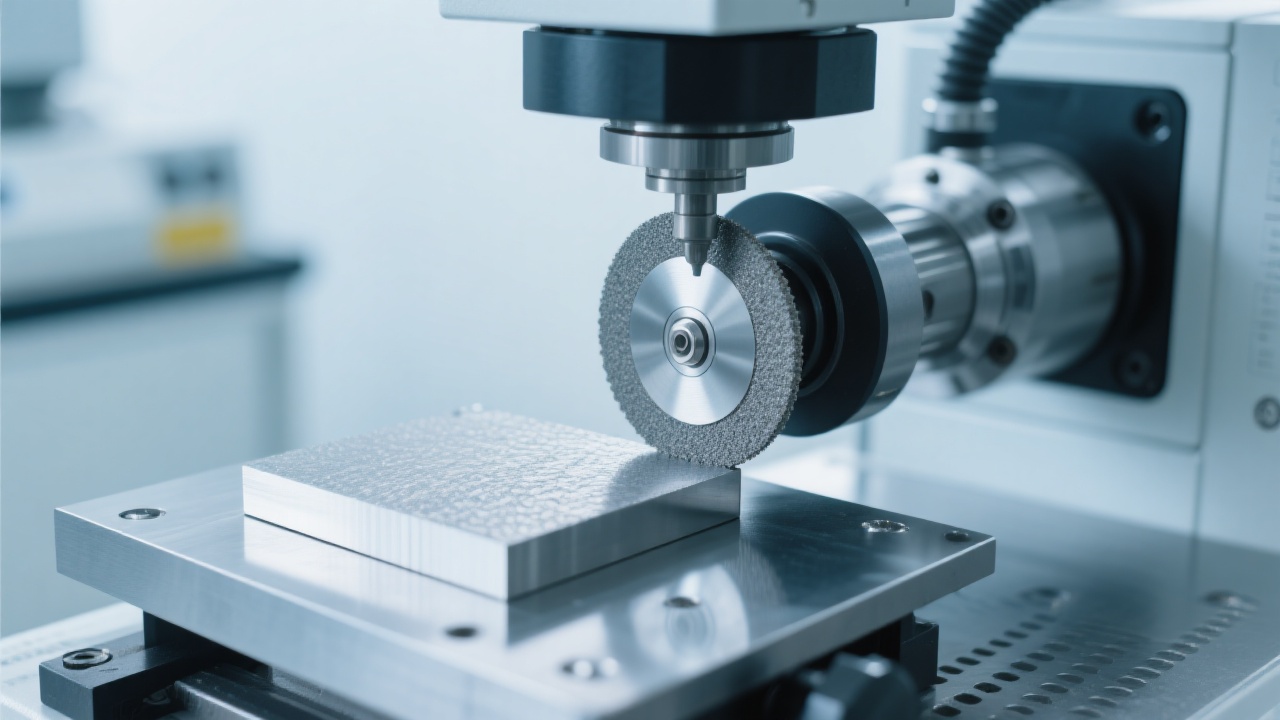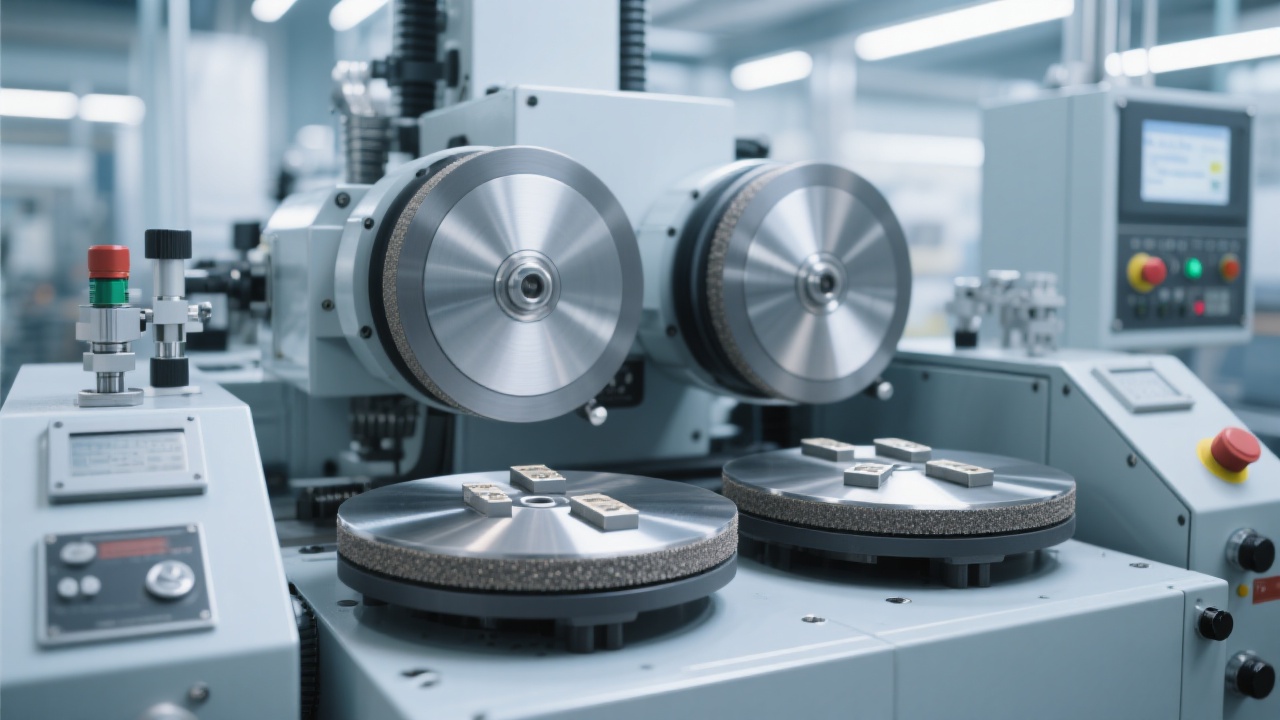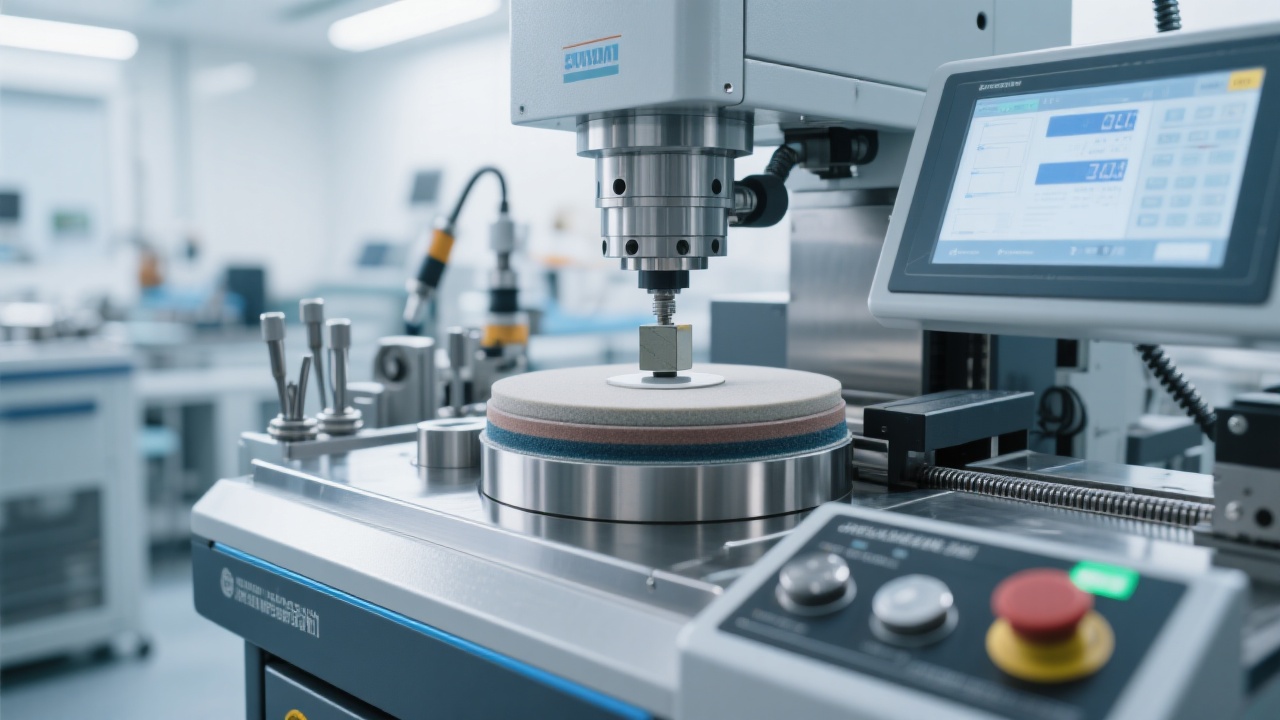
In the intricate journey of steel manufacturing—from the fiery depths of smelting to the precision of finished product machining—quality control stands as the unyielding gatekeeper between subpar output and industry-leading excellence. Among the critical pillars of this quality assurance process, hardness testing emerges as a silent sentinel, ensuring materials meet the exacting standards required for safety, performance, and durability. Yet, not all hardness testing methods are created equal. In fact, industry data reveals that a staggering 32% of metallurgical quality control failures in automotive component manufacturing can be traced back to improper hardness testing methodology, according to a 2023 survey by the International Metallurgical Testing Association (IMTA). This statistic underscores a crucial reality: the choice between Vickers and Rockwell hardness testing is not merely technical—it's a decision that impacts product reliability, production efficiency, and ultimately, your bottom line.
Steel, the backbone of modern industry, undergoes a transformative journey from raw ore to high-performance components. Each stage—smelting, rolling, heat treatment, machining—alters its microstructure, and consequently, its mechanical properties. Hardness, the material's resistance to indentation, serves as a proxy for critical characteristics like tensile strength, wear resistance, and ductility. For manufacturers in sectors such as automotive, aerospace, and energy, where component failure can have catastrophic consequences, precise hardness measurement isn't optional—it's imperative.
Industry Insight: A study by the American Society for Quality (ASQ) found that manufacturers implementing optimized hardness testing protocols reported a 22% reduction in material waste and a 17% improvement in production throughput, directly translating to an average annual cost savings of $145,000 for mid-sized manufacturing facilities.
Hardness testing isn't a one-time checkpoint but a strategic series of evaluations贯穿 the steel manufacturing process. In the initial smelting phase, preliminary hardness checks ensure alloy composition meets specifications before costly downstream processing. During rolling and forming, periodic testing verifies material uniformity, preventing weak points that could lead to structural failure. Post-heat treatment, it confirms the effectiveness of processes like quenching and tempering, while final inspection ensures finished components meet customer and regulatory requirements.

While both Vickers and Rockwell hardness testing aim to measure material resistance to indentation, their underlying principles and technical characteristics make each method uniquely suited to specific applications. Understanding these differences is the first step toward making informed testing decisions.
Vickers hardness testing, developed in 1921 by Robert L. Smith and George E. Sandland at Vickers Ltd., uses a diamond pyramid indenter (136° angle) with variable applied loads (typically 1kgf to 100kgf). The hardness value is calculated based on the surface area of the indentation left in the material. This method offers exceptional precision, especially for thin materials, small components, and materials with varying hardness gradients.
In contrast, Rockwell hardness testing, invented by Stanley P. Rockwell and Hugh M. Rockwell in 1919, employs either a diamond cone (for hard materials) or a steel ball indenter (for softer materials) with two stages of load application: an initial minor load to set the indenter and a major load to create the indentation. The measurement is based on the depth of indentation rather than area, allowing for faster results and making it ideal for high-volume testing environments.
| Parameter | Vickers Hardness Testing | Rockwell Hardness Testing |
|---|---|---|
| Indenter Type | Diamond pyramid (136° angle) | Diamond cone (120° angle) or steel ball (1.588mm-12.7mm diameter) |
| Load Range | 1kgf to 100kgf (typically) | 60kgf, 100kgf, 150kgf (major loads) |
| Measurement Basis | Indentation surface area | Indentation depth |
| Testing Time | 30-60 seconds per measurement | 10-15 seconds per measurement |
| Accuracy | ±0.5% (under controlled conditions) | ±1.0% (under controlled conditions) |
| Material Thickness Requirement | Minimum 10x indentation depth | Minimum 15x indentation depth |

The true value of understanding these technical differences lies in their practical application across diverse manufacturing scenarios. The choice between Vickers and Rockwell often comes down to balancing precision requirements, production volume, material characteristics, and cost considerations.
In automotive component manufacturing, where thousands of identical parts are produced daily, Rockwell hardness testing shines. Its faster cycle time (10-15 seconds per test versus 30-60 seconds for Vickers) and simpler operation make it ideal for integration into production lines. A leading Tier 1 automotive supplier specializing in transmission gears reported processing over 8,000 components daily using automated Rockwell testing stations, achieving a 99.7% testing accuracy rate while maintaining production flow.
A European automotive manufacturer was struggling with bottlenecks in their crankshaft production line, where manual Vickers testing was limiting throughput to 1,200 units per shift. After implementing automated Rockwell testing with custom fixturing, they increased testing capacity to 3,800 units per shift—a 217% improvement—while reducing operator fatigue and maintaining quality standards. The switch resulted in an estimated annual savings of €220,000 through increased production and reduced labor costs.
For aerospace components, medical devices, and precision tooling—where material thickness is minimal or surface integrity is critical—Vickers testing offers unmatched precision. Its ability to use lower loads (starting at 1kgf) makes it suitable for testing thin coatings, small gears, and heat-affected zones in welded components. In the aerospace industry, where component failure can have catastrophic consequences, over 85% of critical hardness measurements rely on Vickers testing according to industry reports.

Regardless of the method chosen, adherence to international standards is essential for ensuring measurement consistency and comparability. The two primary standards governing hardness testing are ASTM E18 (Rockwell) and ISO 6507 (Vickers), which provide detailed procedures for equipment calibration, test specimen preparation, and result interpretation.
Regular calibration—recommended at least quarterly for high-volume production lines—is critical to maintaining accuracy. A study by the National Institute of Standards and Technology (NIST) found that uncalibrated hardness testing equipment can drift by up to 3.5% over six months, potentially leading to acceptance of non-conforming parts or rejection of合格 components.
Selecting hardness testing equipment requires careful consideration of your specific application requirements. For high-volume production, look for Rockwell systems with automated loading, integrated part handling, and data logging capabilities to streamline processes and reduce human error. For research laboratories or precision manufacturing, Vickers systems with advanced optical measurement and microindentation capabilities offer the flexibility needed for diverse testing scenarios.
Modern digital hardness testers combine the best of both worlds, offering switchable testing methods, touchscreen interfaces, and connectivity to quality management systems. These advanced systems not only improve testing accuracy but also provide valuable data insights for process optimization and quality trending analysis.
In today's competitive manufacturing landscape, the difference between market leadership and mediocrity often lies in the details of your quality control processes. Hardness testing isn't just about meeting specifications—it's about optimizing production efficiency, reducing waste, and building customer trust through consistent quality. Whether your priority is high-volume throughput or microscopic precision, the right hardness testing approach can transform your manufacturing operations from reactive to proactive quality management.
Download our exclusive "Hardness Testing Method Selection Guide for Manufacturing Excellence" to discover tailored recommendations for your specific industry and application needs.
Access Your Free Guide Now
